December 24, 2021 – We gather news: You stay informed
Dec 24, 2021: Costa Rica Government expands Cocos Island World Heritage Site, US Federal Shark Fin Ban Inches Closer to Success, Senate Commerce Committee Approves Endless Frontier Act, Shark Small Antibodies Could Be Used to Better Fight COVID-19 and more…
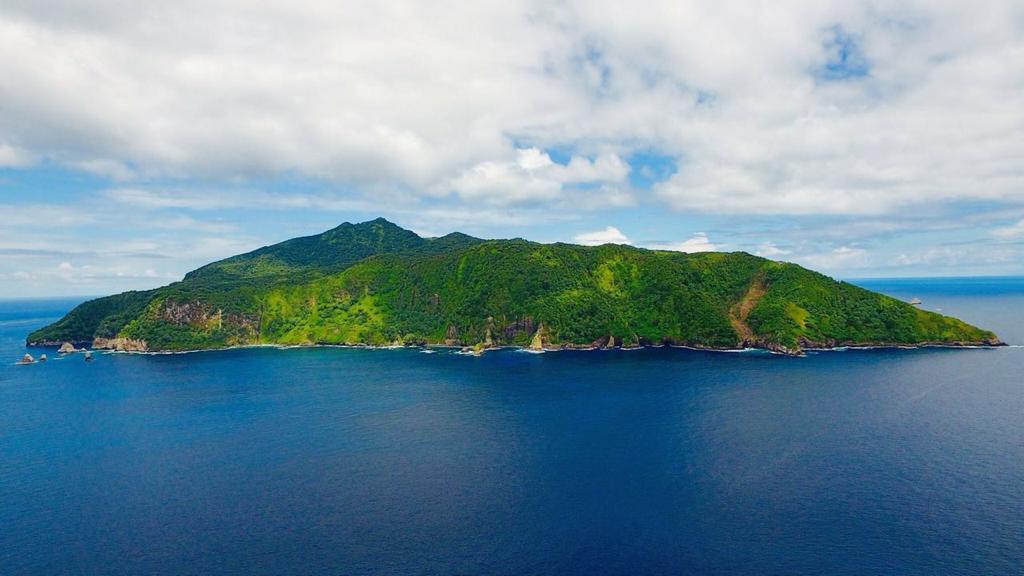
1. Costa Rica Protects More Territorial Water, Makes Big Splash for Conservation
Costa Rican President Carlos Alvarado signed a decree expanding Cocos Island National Park, increasing the fully protected area by nearly 53,000 square kilometers (a big step for conservation). The Cocos Island National Park is part of a marine corridor with other nations forming a “safe swimway” for marine life. The nearby Bicentennial Marine Management Area will encompass more than 38,600 square miles. Balancing sustainable production and protection, the Bicentennial Marine Management Area will allow some regulated commercial fishing to support local economies, while a “no-take zone” will restrict human activities across underwater mountains that provide habitat for some of the largest populations of sharks on the planet.
Thank you for your generous gift that will help us continue the production of this weekly, free publication
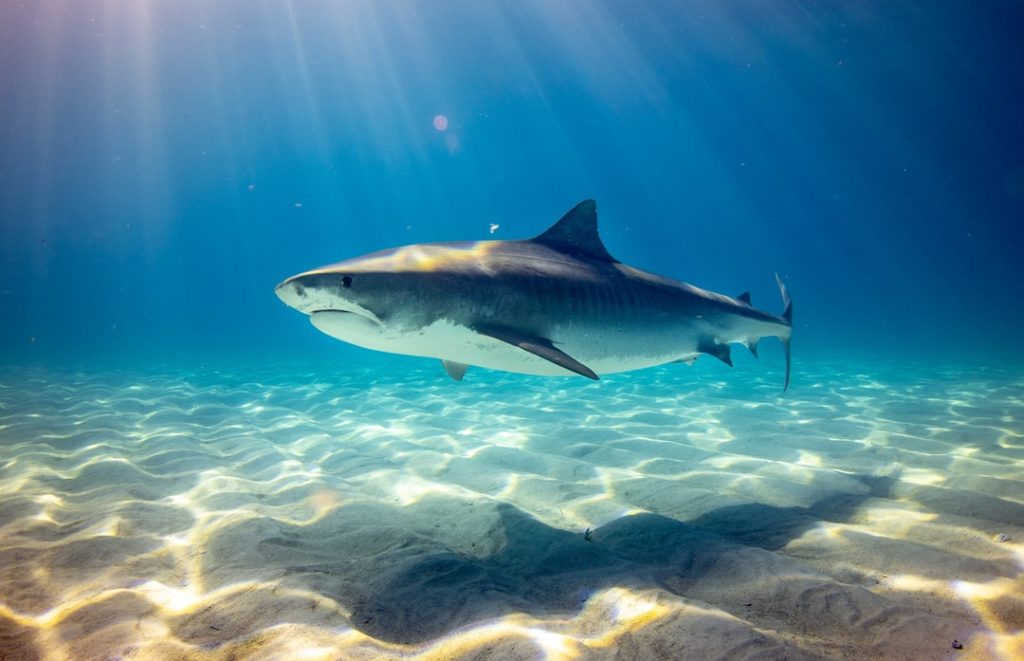
2. US Federal Shark Fin Ban Inches Closer to Success
The Endless Frontier Act passed out of the Senate Commerce Committee Wednesday with amendments that drastically reduced the amount of funding that the original bill from $100 million to approximately $40 million dollars. Many line items were cutback or removed. What remains is a federal shark fin ban that would make it illegal to process shark fins across all The United States of America. This would close a loophole making it much more difficult for poacher to traffic.
Editorial Note: Sea Save Foundation leaders have been working diligently on this federal bill fromits inception. Thank you to all our followers who have used our tool to tell decision makers to support this critical action.
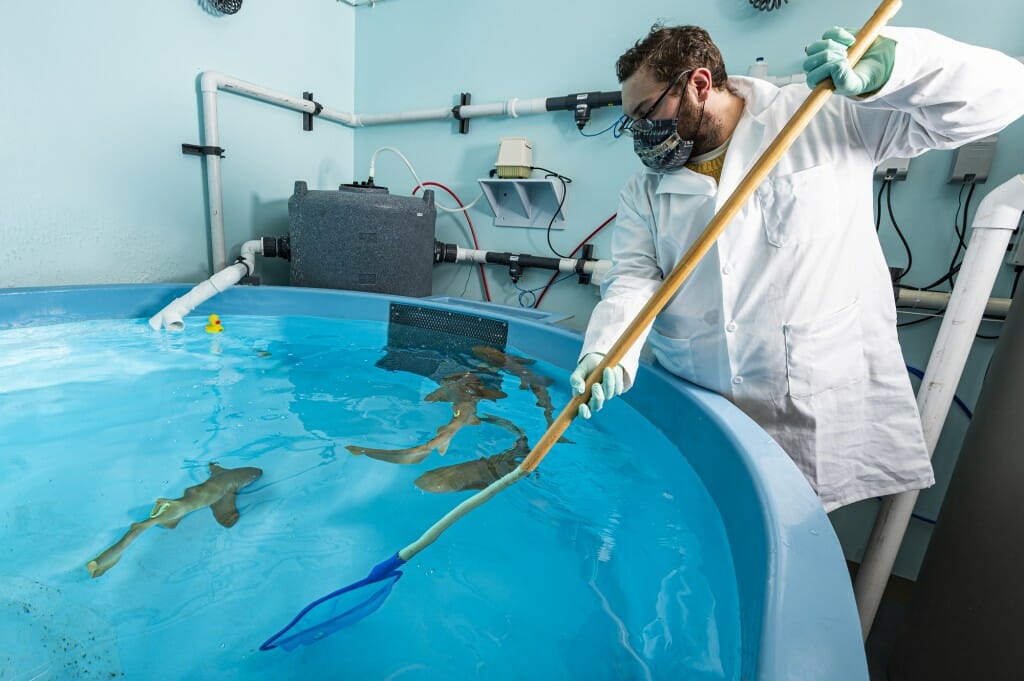
3. New Research Shows Sharks Could Help Take a Bite Out of COVID-19
Scientists at the University of Wisconsin are studying how antibodies from sharks can potentially fight the coronavirus. “Shark antibodies are unique: they are small; they are a fraction of the size of a human’s,” said Professor Aaron Lebeau. Lebeau said the idea is to inject humans with the antibodies and the human body would recognize them as their own. “This means they can penetrate the COVID-19 spike protein into different areas that human antibodies cannot access,” he explained. Lebeau’s team is testing the antibodies from four nurse sharks at their lab. “Sharks have been around for 500 million years on Earth. They’ve survived mass extinction events — so obviously they have a good thing going as far as their ability to survive goes,” said Lebeau. It will be anywhere from two to five years before researchers can test the shark antibody treatment on humans.
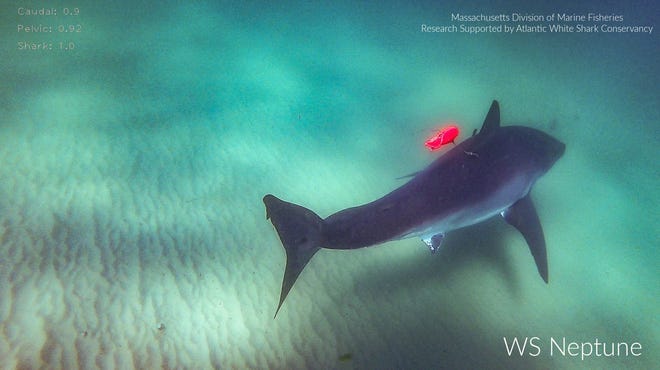
4. Video Tags Tell Researchers a Lot About Great White Sharks
If a picture is worth 1,000 words, shark researchers have found that a video can answer 1,000 questions. While acoustic tags just broadcast a unique identifying signal picked up by nearshore receivers mounted on buoys all along the Cape and Atlantic coastline, a video tag does much more than film the shark. They contain an accelerometer that can measure and record changes in speed and a gyro that can discern body orientation — whether a shark is nose-down diving, or nose-up ascending, for instance. Other instruments record location, depth, water temperature and light. Altogether, the tag records a million data points, including 11 hours of video and 48-72 hours of information from the other instruments before the cable is automatically severed and the tag floats to the surface. That’s an information bonanza for scientists.
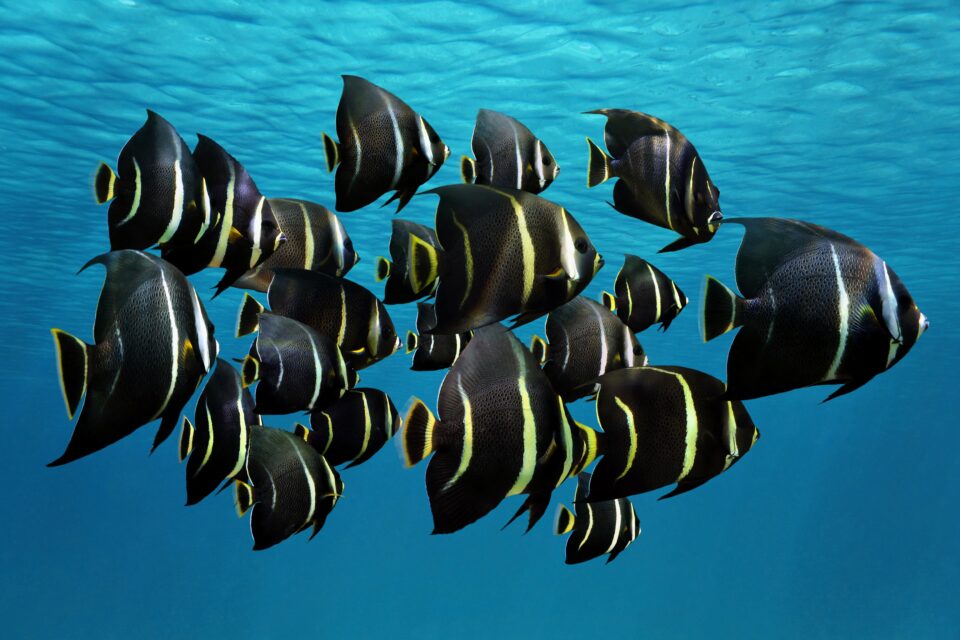
5. Ocean Acidification and Warming Disrupts Fish Shoals
Researchers have found that the way fish interact in groups is being upset by ocean acidification and global warming. “Fish show gregarious behavior and cluster in shoals, which helps them to acquire food and for protection against predators,” said project leader Professor Ivan Nagelkerken. “Many gregarious tropical species are shifting poleward under current ocean warming and interacting in new ways with fish in more temperate areas.” Under controlled laboratory conditions, the researchers evaluated how species interacted and behaved in new ways with changing temperature and acidification. Researchers found that tropical and temperate fish species tended to move to the right when coordinating together in a shoal, especially when spooked by a predator, but this bias significantly diminished under ocean acidification. Mixed shoals of tropical and temperate species became less cohesive under future climate conditions and showed slower escape responses from potential threats.
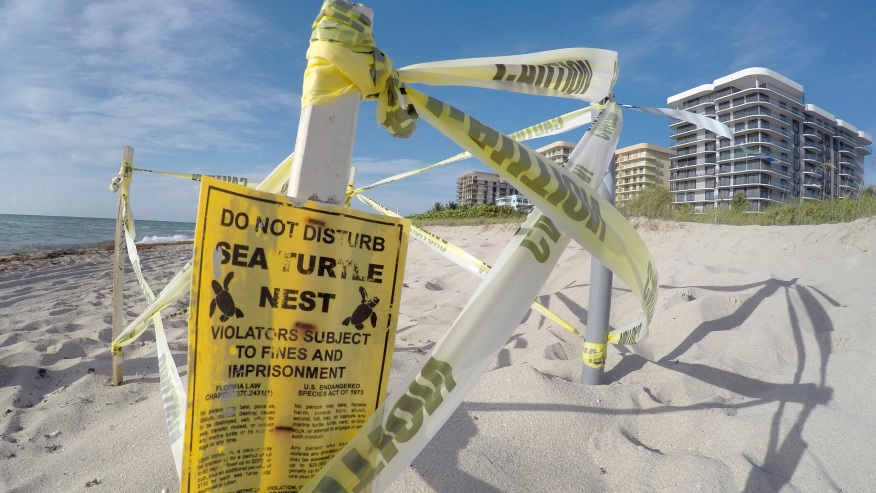
6. Tourists Face Punishment for Video Showing Them Smashing Sea Turtle Eggs in South Carolina
Three men are facing punishment after posting a Snapchat video of them digging up a loggerhead sea turtle nest during a visit to South Carolina. Sea turtle nests in the area are typically clearly marked with orange tape to protect the eggs, which are extremely fragile. Nearly all species of sea turtles are considered endangered. Loggerheads are threatened in both the north and south population segments along the Atlantic Ocean. Protecting sea turtle nests is a critical part of the conservation program, as female sea turtles do not lay eggs every year, and many hatchlings can be lost between the nest and the ocean. The video showed the men digging up eggs from the nest and smashing one on the ground before trying to rebury the eggs. The disturbance caused significant damage: out of 90 eggs in the nest, 71 did not hatch.
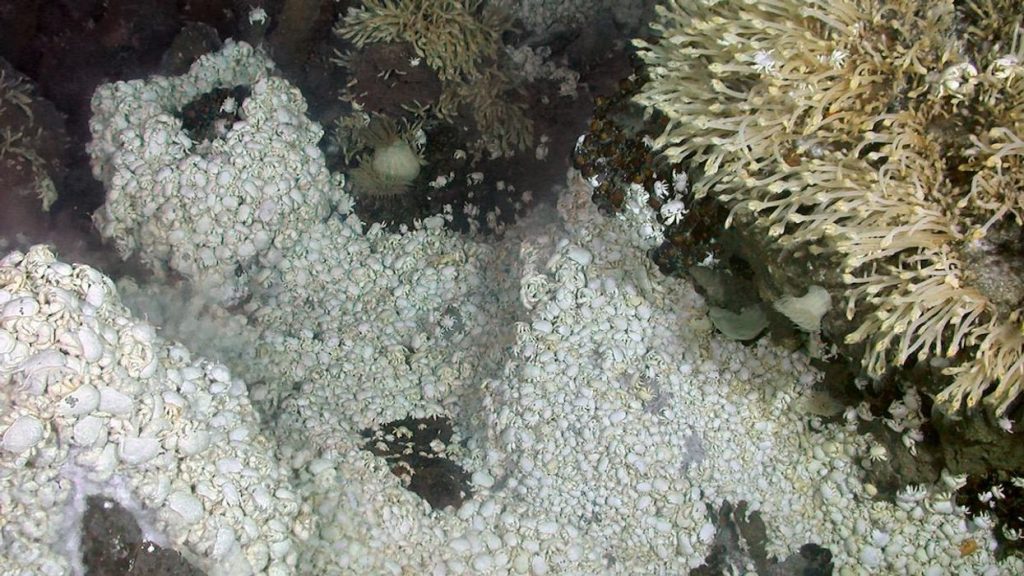
7. Deep-Sea Mining Threatens 62% of Hydrothermal Vent Molluscs With Extinction
New research focusing on 184 species of molluscs found only in hydrothermal vents found that 62% of them were listed as threatened according to the International Union for Conservation of Nature (IUCN) Red List of Threatened Species, because they lived in potential mining areas. “Our study shows that mining regulation matters,” lead researcher Elin Thomas said. “Species restricted to areas with mining contracts are assessed at the top end of the Red List, all the way up to Critically Endangered, whereas species found in areas that are protected by effective conservation strategies are assessed at the opposite end of the spectrum.” Deep-sea vents are the habitats at risk from deep-sea mining that have the highest density of life. Their biomass rivals that of coral reefs or tropical rainforests. Further, they are fonts of unique biodiversity. Many species are native to only one vent site.
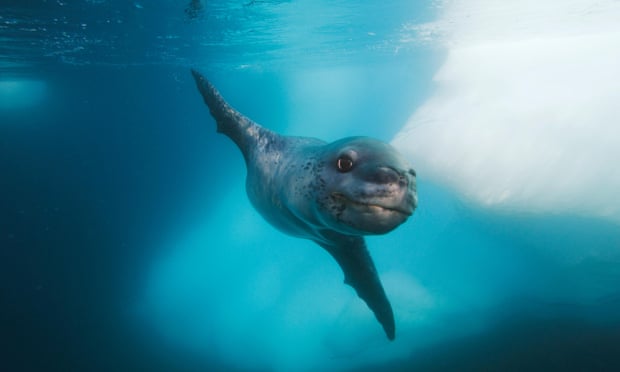
8. First Evidence That Leopard Seals Feed on Sharks, Researchers Say
A new study shows that New Zealand leopard seals feed on sharks, making them part of a tiny and exclusive club of marine predators that do so. The study found shark remains in the scat of leopard seals, and visible signs of struggle with sharks on seals’ bodies, indicating the marine mammals predate on sharks, rather than scavenge their remains. The researchers are uncertain why the seals are targeting sharks, especially given how risky it is to hunt them. Leopard seals are already known as apex predators, who feed on penguins and other seals, but this is the first time evidence has been produced of them hunting sharks. The researchers are still in the process of trying to determine whether leopard seals have always feasted on sharks, or if this is also new, and whether the possible new behavior has implications for the food chain.
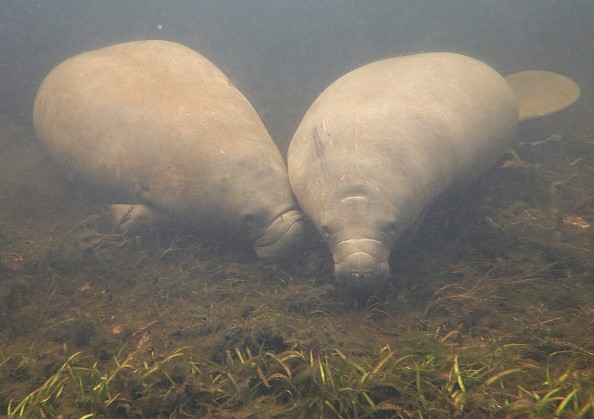
9. EPA to Be Sued for Failure to Protect Manatees From Water Pollution
Three conservation groups will sue the Environmental Protection Agency for failing to protect manatees from water pollution in Florida. Over half of the more than 1,000 manatee deaths in Florida this year were attributable to starvation. The mass die-off of thousands of acres of seagrass in the Indian River Lagoon highlighted the inadequacy of the state’s federally approved water-quality standards. Unchecked pollution in the estuary fuels algae outbreaks that kill seagrass and prevent it from growing back. Despite extensive evidence of that harmful pollution and Florida’s failure to address it, the EPA approved the state’s water-quality criteria for nitrogen, phosphorus and dissolved oxygen, concluding the standards would not “adversely affect” manatees. “Until Florida is forced to rein in its rampant pollution, manatees will continue to die slow, agonizing deaths by starvation every winter,” said Lindsay Dubin, staff attorney at Defenders of Wildlife.
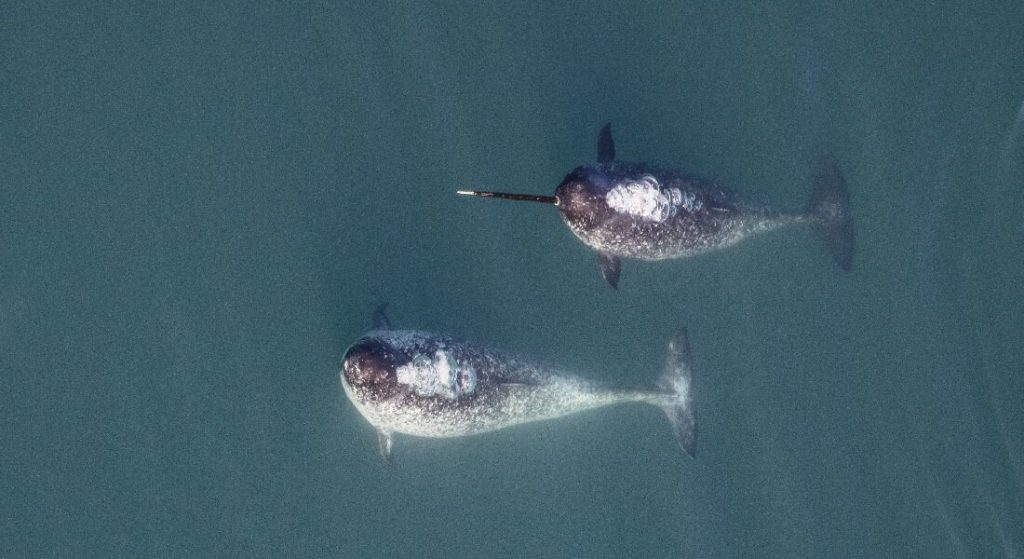
10. With Warming Seas, Narwhals Confront Threats From Increased Human Activity
Now that climate change is causing sea ice to melt, there has been an uptick of human activity in the Arctic, resulting in significantly more noise from human activity. For narwhals, the noise triggers stress — even many kilometers away, according to new research. Scientists tagged a herd of narwhals near East Greenland using a variety of measurement equipment. They then positioned a ship in the fjord, which exposed the animals to noise. “The narwhals’ reactions indicate that they are frightened and stressed. They stop emitting the click sounds that they need to feed, they stop diving deep and they swim close to shore, a behavior that they usually only display when feeling threatened by killer whales. This behavior means that they have no chance of finding food for as long as the noise persists,” explains marine biologist Outi Tervo.
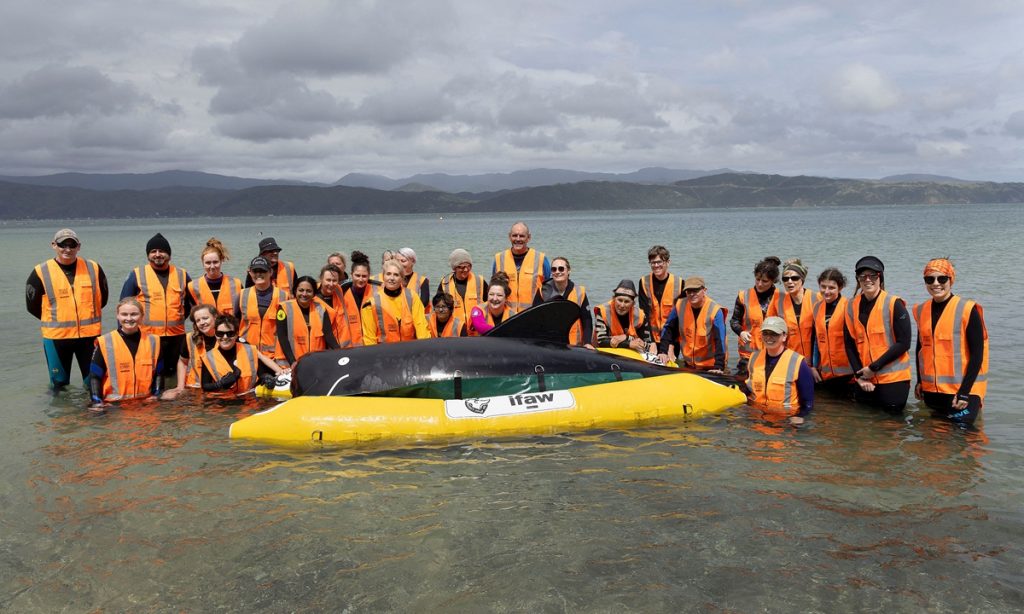
11. Giant Rubber Whale Helps Kiwi Rescuers Battle Beachings
Filled with water, latex marine mammal replicas help New Zealand teams trained by whale rescue charity Project Jonah prepare for real emergencies. The country has one of the highest whale stranding rates in the world, of around 300 annually. It is not unusual for groups of between 20 and 50 pilot whales to run aground. Numbers can run into the hundreds when a “super pod” is involved – in 2017, there was a mass stranding of almost 700 pilot whales. Most mass strandings in New Zealand involve pilot whales on gently sloping beaches, which confuse their sonar making them think they are in open waters. Other pod members then beach themselves trying to respond to the trapped whale’s distress signals. Project Jonah, a world leader in whale rescue, helps train New Zealand’s conservation department and police in what to do when strandings occur.

12. Is Lab-Grown Sea Food the Wave of the Future?
Due to increased demand for seafood and the collapse of some fish stocks due to overfishing and climate change, fisheries can’t keep up anymore. More than 30% of stocks are fished at a biologically unsustainable level. Fortunately, food scientists are working on a solution that could help reduce the pressure fisheries have been facing without causing more harm to our biosphere: growing seafood in labs. Companies have already succeeded in developing various forms of cell-based salmon, shrimp, yellowtail, and carp that are at the taste-testing stage, and crab and lobster are also already on the way. To create it, the teams harvest either adult or embryonic cells from a particular donor species, then identify cell lines that regenerate on their own. The lab-made meat tastes similar to fish and has none of the products typically discarded, like bones, scales, or eyeballs.
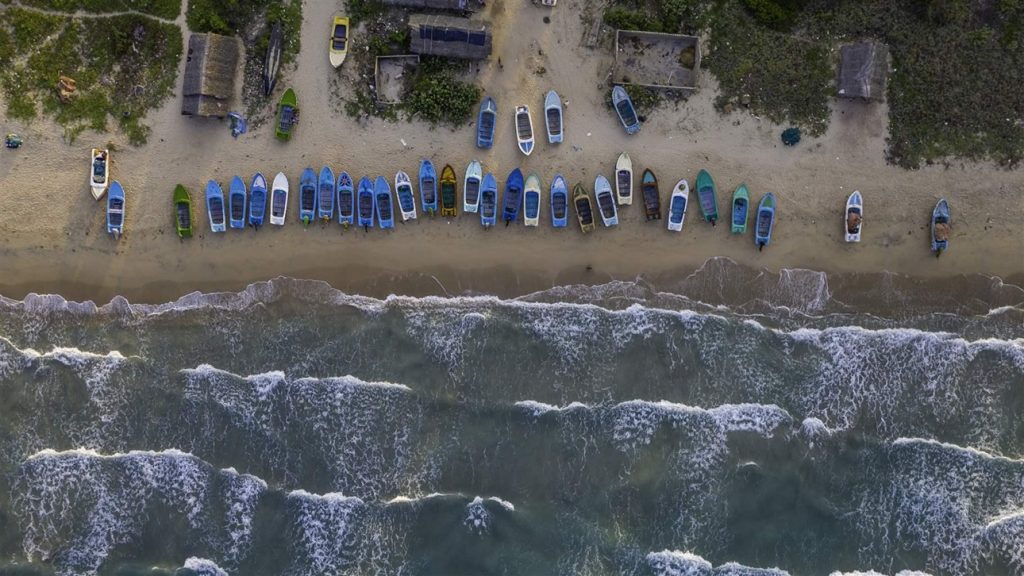
13. In Sri Lanka, Fishers Report Drastic Decline of an Elusive Ray
In the waters off Sri Lanka, the number of sawfish, a rare and globally threatened group of marine rays, has declined so much that the animal is now considered “functionally extinct,” according to a recent study that has spurred lawmakers to consider measures to protect sawfish. Researchers interviewed more than 300 fishers and fish traders to investigate the distribution, species diversity, and health of Sri Lanka’s sawfish populations. Once abundant in many parts of the world, all five of the living species of sawfish are now classified as either Endangered or Critically Endangered by the International Union for Conservation of Nature. Research in other Indian Ocean countries found drastic population declines in recent decades, probably the result of targeted fishing, accidental entanglement in fishing gear—known as bycatch—and habitat loss from dredging, pollution, and coastal development.

14. Study Finds Plastic in ‘Clean’ Air
Microplastics are everywhere – even high in the Earth’s troposphere where wind speeds allow them to travel vast distances, a new study has found. Scientists sampled air 2,877 meters above sea level at the Pic du Midi Observatory in the French Pyrenees, a so-called “clean station” because of the limited influence exerted on it by the local climate and environment. All samples contained microplastics. Using weather data, they calculated the trajectories of different air masses preceding each sample and discovered sources as far away as North America. The research also points to microplastic sources in the Mediterranean Sea and the Atlantic Ocean. “Plastic leaving the ocean into the air that high – it shows there is no eventual sink for this plastic. It’s just moving around and around in an indefinite cycle,” said the study’s main author Steve Allen.
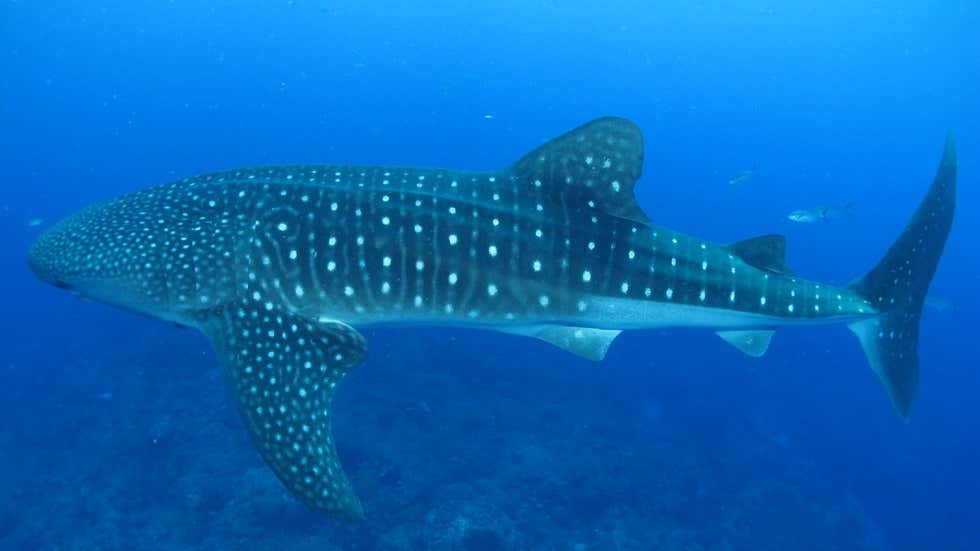
15. Whale Shark Rescued From an Indian Beach by Local Fishermen, Forest Department
Local fishermen in Andhra Pradesh’s Visakhapatnam found a 15-foot-long whale shark entangled in a fishing net on the beach. Recognising the endangered species, and fully aware of the demand for shark fin, the fishermen nevertheless opted to save the fish’s life and immediately informed the forest department. As they waited for help to arrive, the fishermen continuously poured water over the fish to keep it alive. Soon after, the forest department, along with wildlife conservationists, arranged enough manpower and ropes to return the whale shark into the sea. After nearly 3 hours, the whale shark was successfully rescued, as it returned to the depths of the ocean without any harm. In India, whale sharks have been given the ‘endangered’ status under the Schedule I of the Wildlife Protection Act, 1972. Instances of these fishes getting entangled in fishing nets are not uncommon.
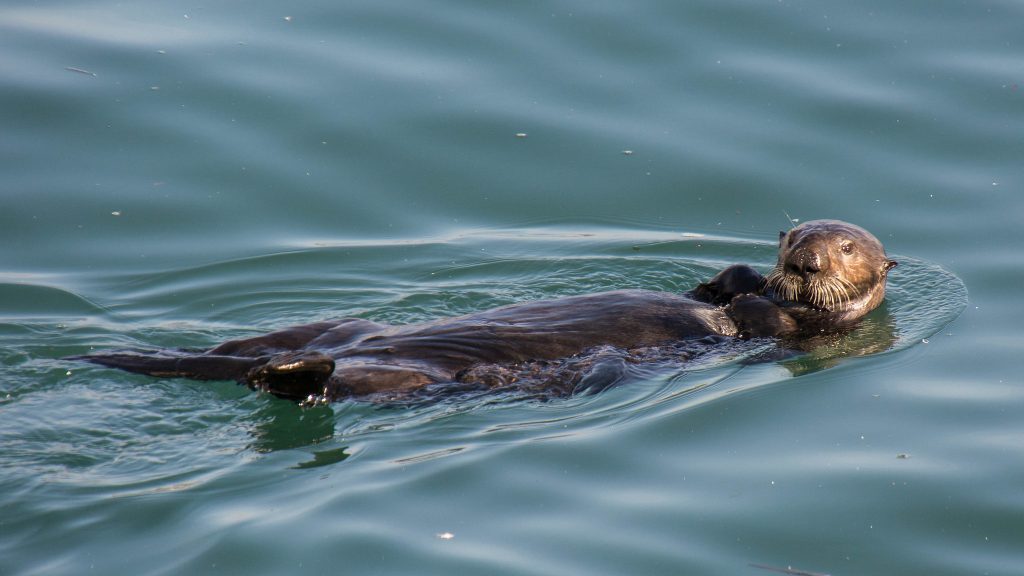
16. Scientists Support Protections for California’s Chumash Heritage National Marine Sanctuary
The White House has taken the first step to protect the Chumash Heritage National Marine Sanctuary as a National Marine Sanctuary and is accepting comments until January 31, 2022. The value of safeguarding this incredible biodiversity, and keeping ocean wildlife out of harm’s way, is backed by science. A group of more than 150 scientists, professors and academics signed a letter calling for the area’s protection. As a sanctuary, it will be protected from major threats such as offshore oil and gas drilling. Sanctuary status also provides funding for research and better co-management of the area’s key ecosystems with the Chumash people. Aside from preventing environmental disasters, protecting ocean ecosystems helps us fight climate change. The ocean stores 50 times more carbon dioxide than the atmosphere, and much of that is held in the type of wetlands and seagrass beds found in the Chumash area.

17. Government of Canada Moving Forward With Banning Harmful Single-Use Plastics
The Government of Canada is moving forward with a comprehensive plan to address plastic pollution that includes a ban on certain harmful single-use plastics. Draft regulations prohibiting certain single-use plastics have been published for public comment. The draft regulations reflect input received through extensive consultations conducted by the Government of Canada since 2019, including from the tens of thousands of Canadians who expressed their support for banning certain single-use plastics. The regulations would prevent an estimated 23,000 tons of plastic pollution from entering the environment over a ten-year period—the equivalent of one million garbage bags of litter—and their enactment brings Canada one step closer to delivering on its commitment to banning certain harmful single-use plastics. The Government intends to finalize these Regulations and bring the ban into force as quickly as possible and as early as late 2022 after reviewing and considering comments received.

18. Canadian Minister Urges Attention on Plastics Ban to Refocus on Recycling
Draft regulations outlining how Canada will ban single-use plastic items are only part of the story, according to Environment Minister Steven Guilbeault. “A lot of people are focusing on the ban,” he said. “But one of the bigger challenges we have is to get our house in order with recycling.” A 2019 report said 3.3 million tons of plastic waste were tossed in 2016 and less than one-tenth was recycled. Canada set a target to recycle 90% of plastic waste by 2030, and Guilbeault said there is work underway to standardize and coordinate recycling across provinces. Standards for plastics to make them easier to recycle, as well as a requirement that half of all plastic packaging must be made of recycled material, are also coming. In 2016, almost 30,000 tons of waste ended up in the environment, polluting rivers, beaches and forests.




